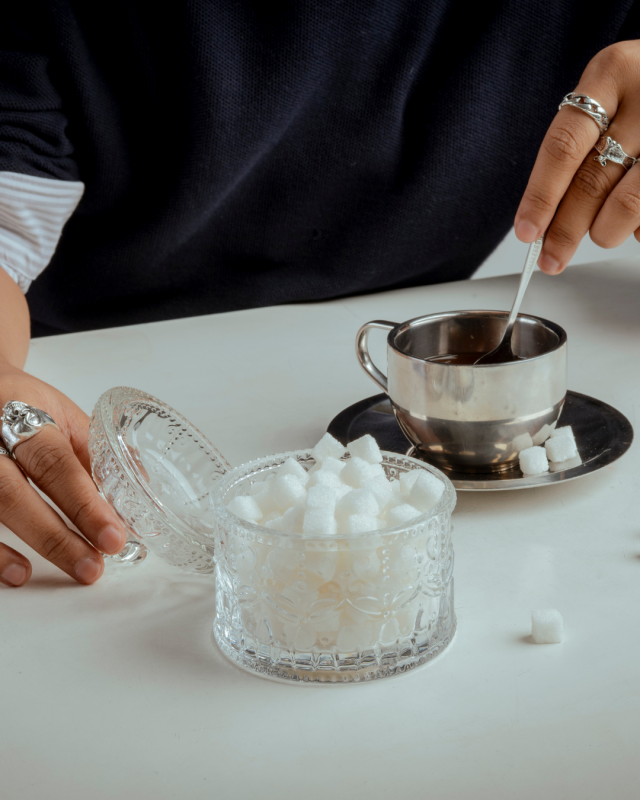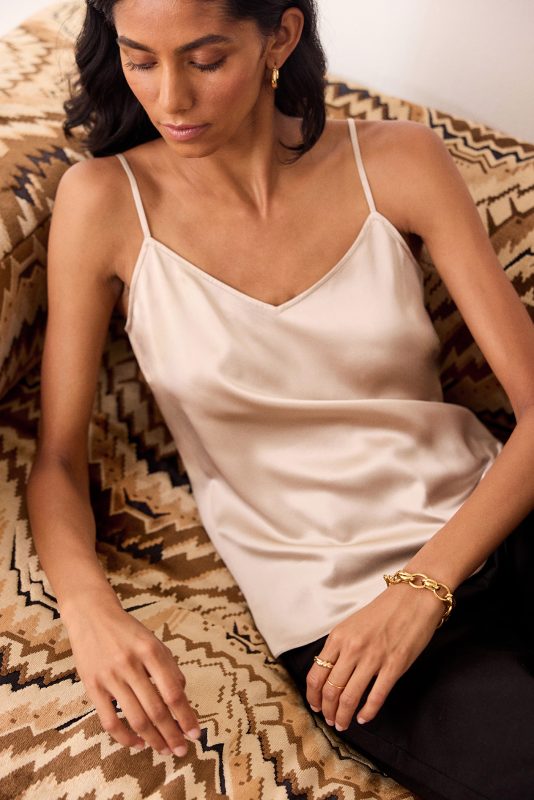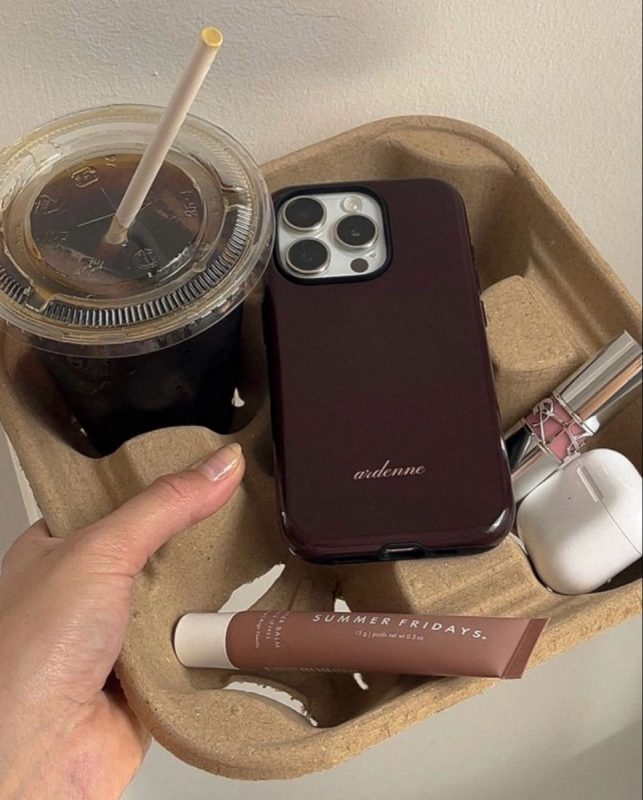News
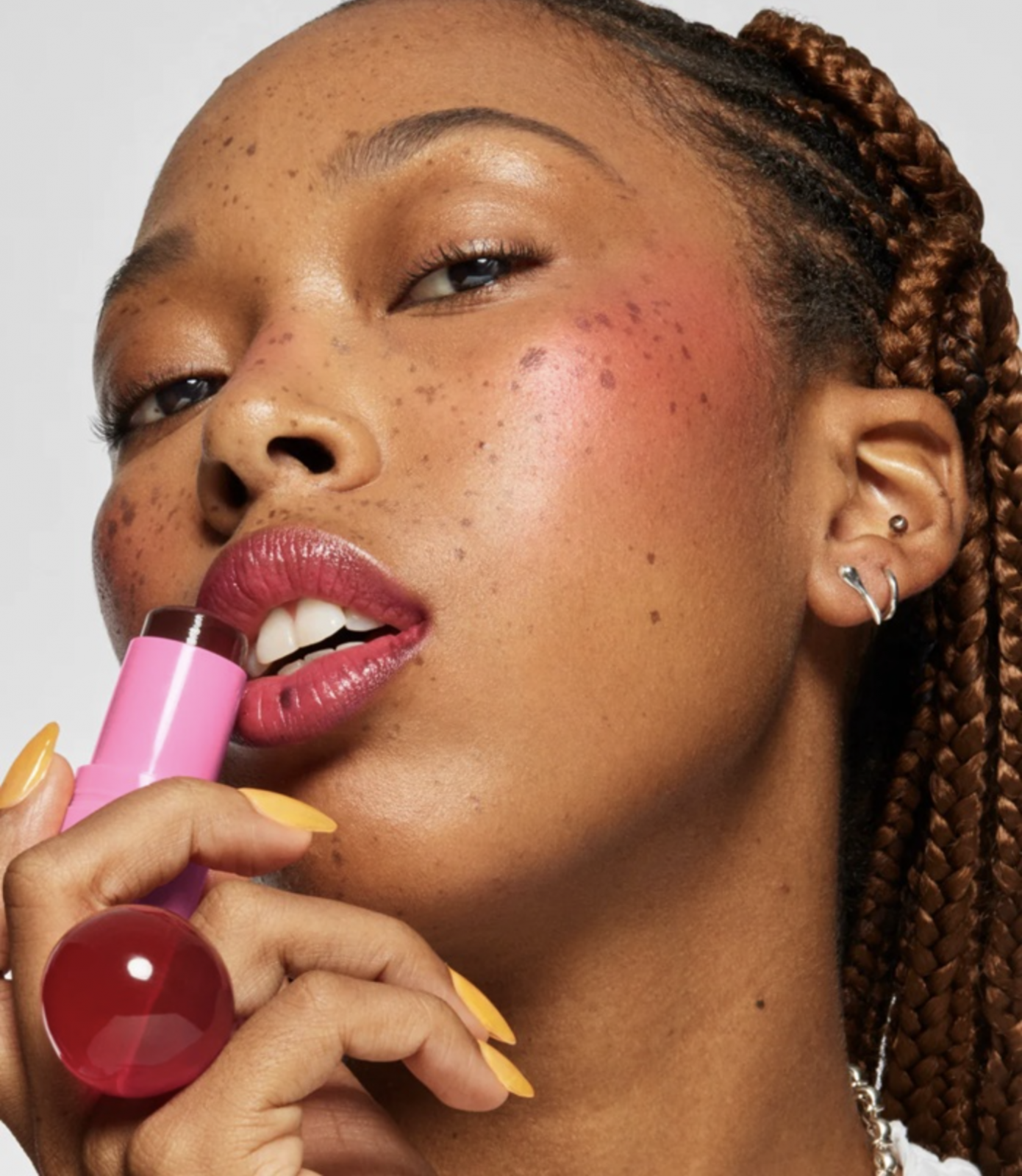
In beauty and fashion, the products people want (not just need) sit in a category their own. They are not purchased on logic alone, but chosen because they carry emotional weight, spark aspiration, and signal something about the person who owns them. They live in routines, wardrobes, and social feeds as much as they do in shopping bags.
Think of a lipstick that sells out before it hits the shelves, trainers that trigger queues around the block, or a handbag with a waiting list that stretches for years. These are not happy accidents. They are the result of brands that know how to engineer desire and do so with a level of precision that goes far beyond aesthetics.
Whether you are launching a new skincare line, introducing a seasonal capsule, or reimagining a hero product, the steps in this framework will help you create an emotional pull that delivers both cultural heat and commercial return. And in a world where only one-third of luxury brands experienced growth in 2024, standing out matters more than ever.
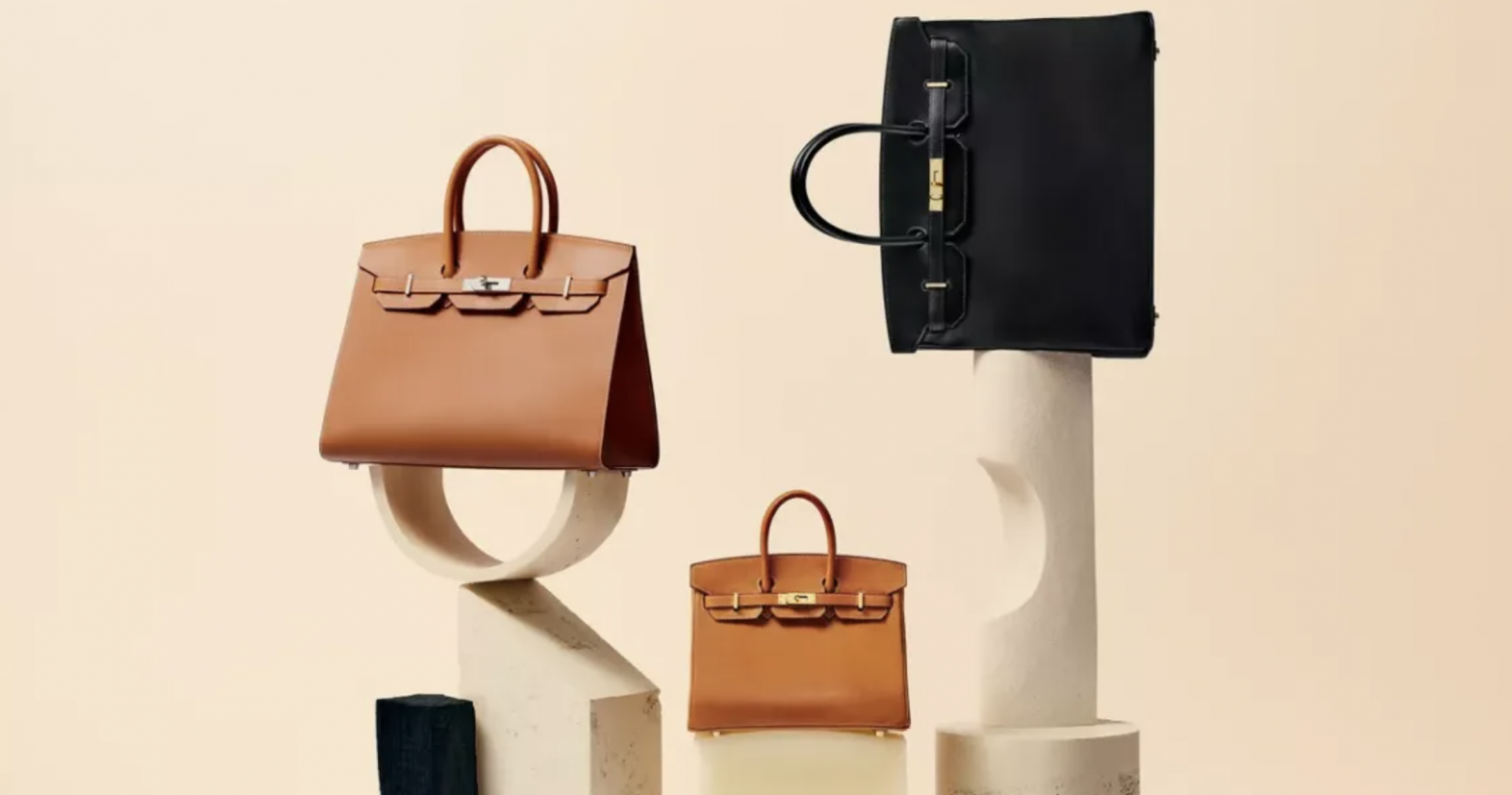
Step 1: Start with Emotion and Decide What You Want People to Feel
Every brand needs an emotional centre, yet it’s surprising how many launch without one. Before you think about campaigns, features, or pricing, define the feeling you want to own in the hearts and minds of your audience.
Are you about power, calm, joy, rebellion, belonging? Your decision shapes everything – from creative direction to product design, partnerships, and retail experience.
Fenty built its world on representation and empowerment. Glossier carved a niche with an effortless, intimate approach to beauty. Jacquemus injects playfulness and freedom into every stitch. In the fragrance category, a whopping 77% global consumers said they seek products that bring them emotional benefits.
These aren’t just aesthetic choices; they are emotional strategies that act as the foundation for everything that follows. When you’re clear on the feeling, you stop chasing every passing trend and start building something people can keep coming back to.
“Desire starts long before the sale. It’s built into how you make people feel, how you show up and the values you represent. Without an emotional anchor, you’re just another product in the feed”, says Sally-Anne Stevens, Founder & CEO, b. the agency
Step 2: Turn Products into Symbols
The products that scale to the top rarely win on function alone; they carry meaning. They become shorthand for taste, identity, or belonging – a badge of association that consumers are proud to wear.
But this usually doesn’t happen by accident. Symbolism is built through deliberate and consistent brand codes: a signature shade, a particular finish on packaging, a tone of voice that is instantly recognisable. It’s reinforced when your product consistently appears in the spaces, moments, and cultural conversations that matter to your audience.
Think MAC’s Ruby Woo as a universal symbol of boldness. The Hermès Birkin as the ultimate marker of discreet luxury. Bottega’s signature green that became a statement in its own right. When a product becomes a symbol, it stops being just an object and starts becoming part of the consumer’s personal narrative.
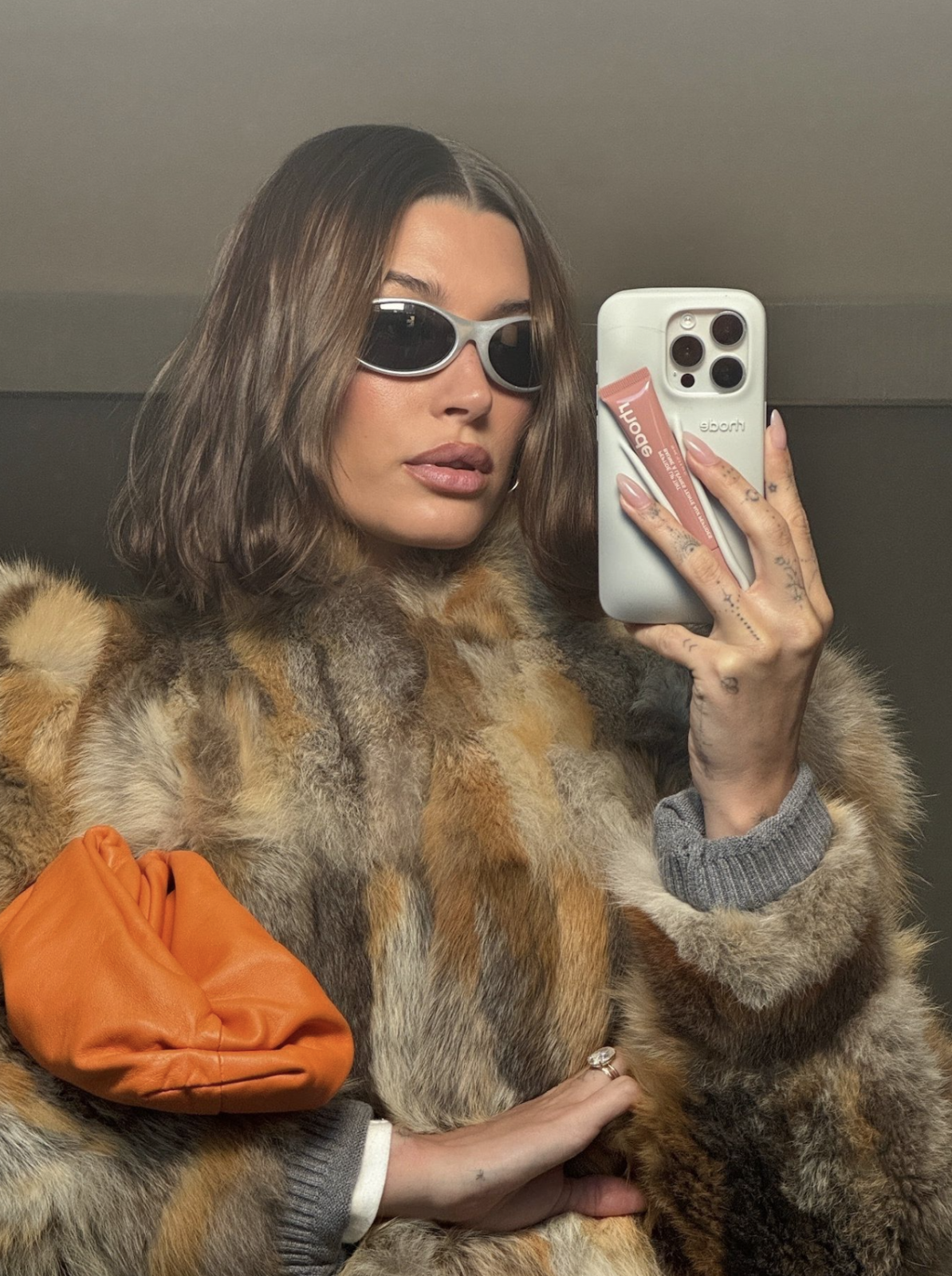
Step 3: Use Scarcity to Build Urgency and Anticipation
Scarcity is one of the most reliable approaches in creating desire because it pushes people to make decisions faster and heightens the perceived value of what’s on offer.
Limited drops, seasonal runs, or loyalty-only releases don’t just generate sales; they create impossible to ignore moments. Take a look at the launch of Milk Makeup’s Cooling Water Jelly Tint – using scarcity, it generated a 60,000-person wait list, selling out in 24 hours on Sephora’s website.
Scarcity does more than move product. It fuels conversation, creates anticipation for what’s next, and embeds the idea that your brand is worth watching closely. Pat McGrath’s tightly controlled launches have become legendary in beauty, selling out in minutes. Supreme turned its drop calendar into a cultural ritual.
The key is credibility. Scarcity for the sake of it feels manipulative. But when its tied to genuine value, an innovation, a relevant cultural moment – it all feels like a reward for those paying attention.

Step 4: Make Aspiration Attainable
Aspiration remains a potent ingredient, but what people aspire to has changed. Today, they want to see themselves in the brand’s world, not simply admire it from afar. They want elevation that feels achievable, not perfection that feels untouchable.
This shift has changed the visual language of both beauty and fashion. Luxury brands are pairing hero pieces with everyday styling to make them feel wearable.
Beauty brands are showing their products mid-routine rather than in sterile, retouched product shots. Campaigns are being balanced with behind-the-scenes and community-led content that lets audiences feel part of the process.
The goal is to make your brand world something consumers can step into, whether they buy in today or aspire to own it in the future.
Step 5: Trigger Desire at a Neurological Level
Desire is not just an emotional state; it is also a neurological process. Brands that understand this can design their launches, campaigns, and content to activate the brain’s reward systems in ways that drive both engagement and purchase.
Dopamine peaks during anticipation, which means the build-up to a launch can be more powerful than the moment of purchase. Early access, teasers, and exclusive previews are not just marketing tools; they’re ways of priming the brain for reward.
Mirror neurons fire when we see someone we relate to using a product, making us feel as though we’re experiencing it ourselves. This is why tactile, intimate content – think GRWMs, product swatches, close-up application – can convert so quickly.
FOMO pushes people to act quickly when they believe an opportunity might pass them by. Social proof, credible creator endorsements, and clear indicators of scarcity all amplify this response.
“When you work behind the scenes on launches, you see the same patterns: desire doesn’t happen by accident. The right trigger at the right moment can turn a product into a sell-out, but only if the groundwork has been laid properly across symbolism, storytelling, and cultural relevance”, says Holly Brunskill, Co-Owner, b. the agency.
Step 6: Let Culture Carry the Message
The most powerful brands don’t try to control the conversation entirely; they design for participation. They create products, stories, and experiences that audiences naturally want to share, engage with, and amplify.
That might mean collaborating with creators whose credibility already resonates with your audience, building experiences that feel irresistible to share, or giving your community the kind of insider access that makes them feel part of the brand’s inner circle. This matters because people trust people – 92% of consumers say they value recommendations from individuals over traditional advertising, and authentic, community-created content has been shown to boost beauty conversion rates by as much as 161%.
For Gen Z especially, transparency, authenticity, and purpose are non-negotiable. They will not only buy into brands that align with their values but actively champion them. Overly curated, distant brand worlds don’t connect; controlled chaos, grounded in truth, does.
Step 7: Measure What Signals Real Desire
Understanding whether your brand is truly desired means looking past vanity metrics. Impressions and reach can be useful indicators of awareness, but they don’t necessarily translate into meaningful engagement or loyalty.
Instead, measure the speed of sell-through on drops, the number of wishlists your products land on, the performance of user-generated content compared to brand content, and the sentiment of reviews and social conversations. Watch what happens after the initial wave of hype. Are people still talking about it, wearing it, restocking it months later?
These are the indicators that tell you whether you’re simply being noticed or whether you’ve built something people actively want in their lives.
Brands that master these steps don’t just generate sales; they shape identity, influence culture, and create moments people want to be part of. Desire isn’t a byproduct of great marketing… it’s the strategy that turns products into icons and audiences into loyal communities.
Want more insights like this? Subscribe to our newsletter for cultural commentary, strategic frameworks, and behind-the-scenes thinking from the team at b. the agency.

